
MAKING THE POEM
During the initial research process John Wedgwood Clarke kept a blog reflecting on his research trips and findings. This was interrupted by COVID lockdowns. After their lifting, his attention shifted to delivering the project’s education and engagement programme, and writing the poem for the river. In this section you can read his blog posts in chronological order, followed by his reflections of the process of making the poem.
Photo: Harvey Gorst

BEGINNING WHERE?
Finally, after driving for what seems like forever with the sensors on my hire car one continuous alarming note, I turn into the hamlet of Bolenowe and park up. Maybe I should have left making my first visit of the trip until Sunday.
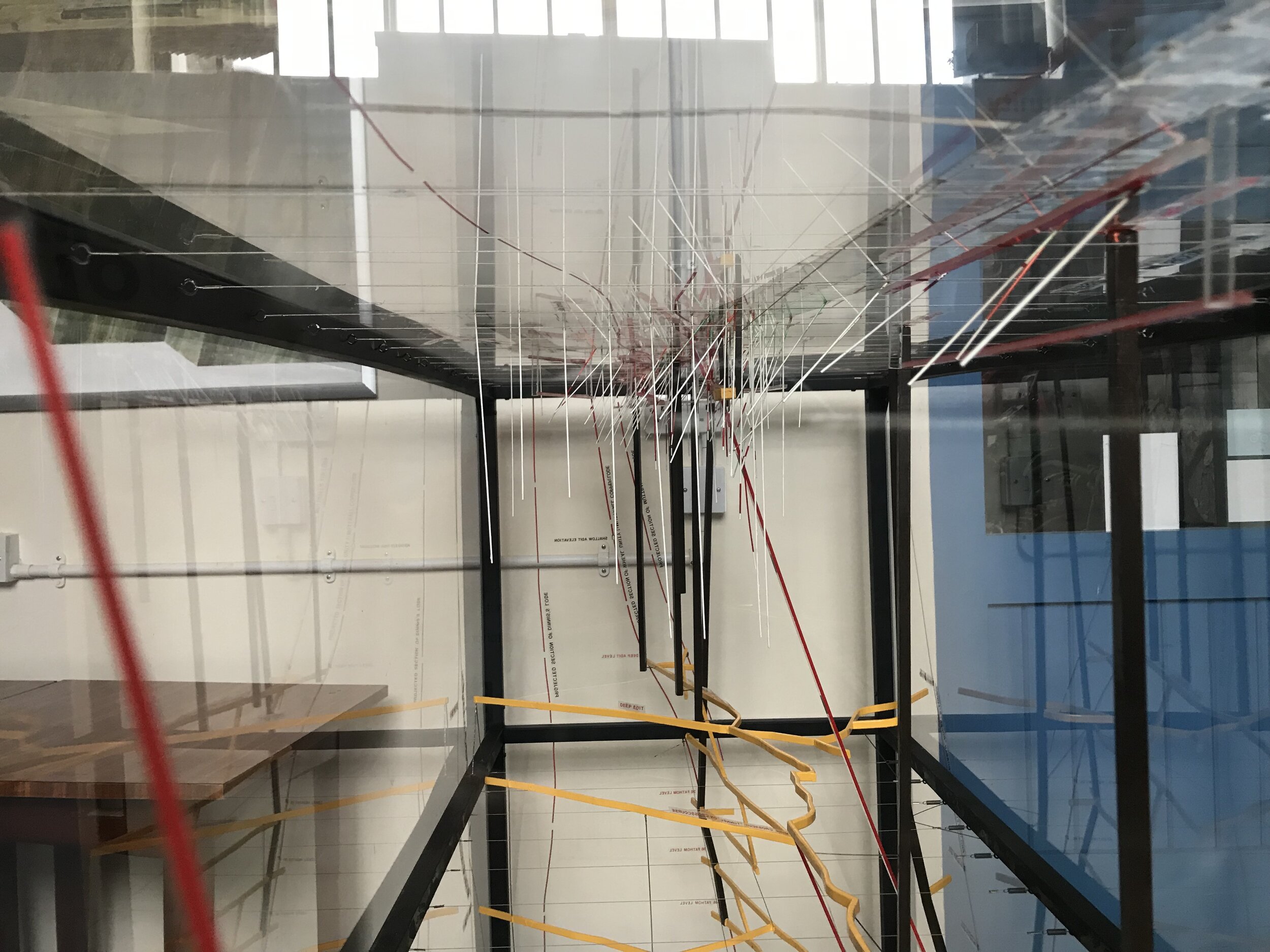
HEW, PRONOUNCED, YOU
It’s Hew, pronounced, You, he tells me as I shake his hand. He’s just appeared from among massive lumps of rusting mining machinery on a patch of waste ground below the Tin Mill at King Edward Mine (KEM).
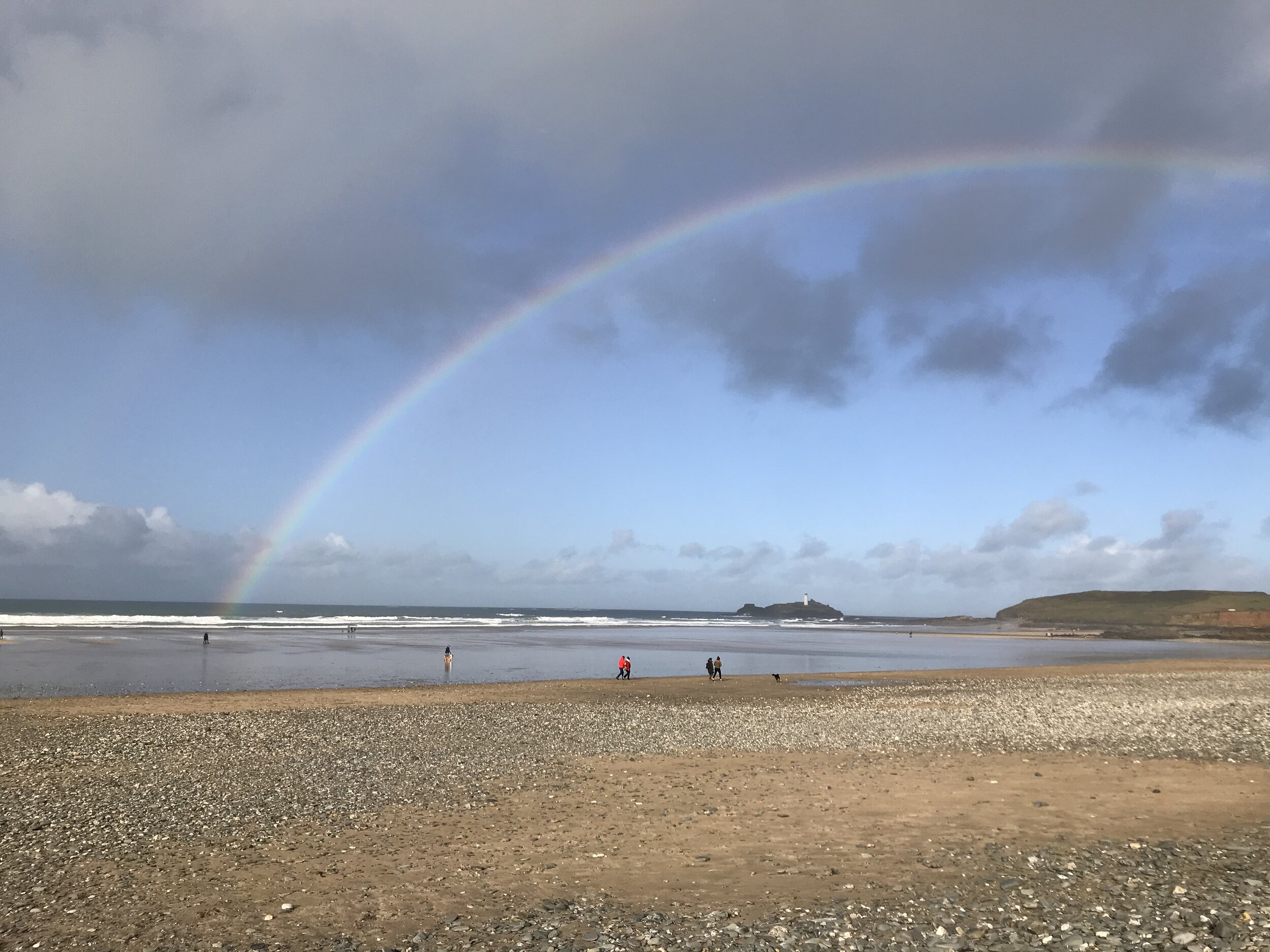
AT THE MOUTH
My knowledge of the Red River began with the hump-backed bridge we’d beg dad to drive over as fast as possible. As we hit it, we’d be thrown in the air for a second’s weightlessness—no seatbelts then—before falling back to the sticky leatherette of the back seat.

THE SOUND ARTIST, ROB MACKAY
We live in a very visually dominant society. The majority of the information we glean from the world is done visually, yet there is so much we can gain through listening. Sound is a hugely rich source of information about the world around us.

THE RIVER'S FAMILY
When I bumped into Jo by chance at Heartlands I knew almost immediately that she’d be great to work with: enthusiasm coupled with a bit of mischief, and a lot of emotional care. She’s a key member of the Red River Rescuers.

JOHN HARRIS: RED RIVER POET
Born at Bolenowe in the Red River valley in 1820, John Harris worked for twenty years at Dolcoath Tin Mine before becoming a respected Methodist preacher and a celebrated poet. I came across an extract of his long poem The Mine printed on a wall in a gallery at the King Edward Mine Museum and was astounded:
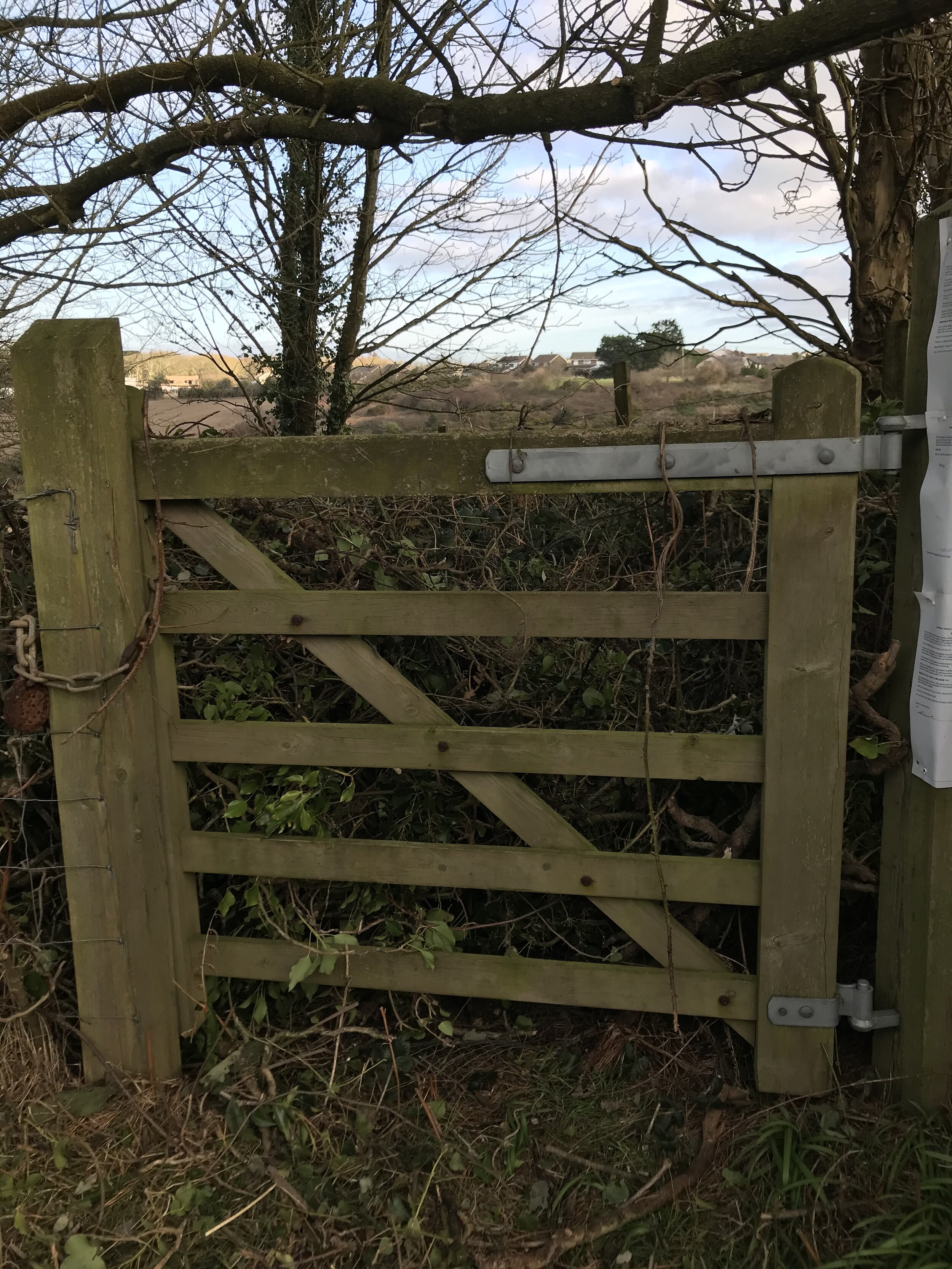
THAT'S MY LAND
There was no way through to the Red River. Someone had padlocked the gate at the top of the footpath. I’d already taken a longish detour due to the access road being closed for resurfacing, so I didn’t need further frustration on the bright February morning I’d set aside for this section of the river.

MINERAL WONDERLAND
‘It looks dead, but it’s not; it’s a long way from dead,’ says Steve. We’re gazing into one of the many settling tanks of the old tin-streaming works at Great Wheal Seton, in the shadow of the A30.

SILENT KNIGHT
As if he were ice-fishing through iron, Rob crouches on the pavement, paying out two thin cables through keyholes in the manhole cover. At the end of each wire is a binaural microphone, usually worn in the ear.
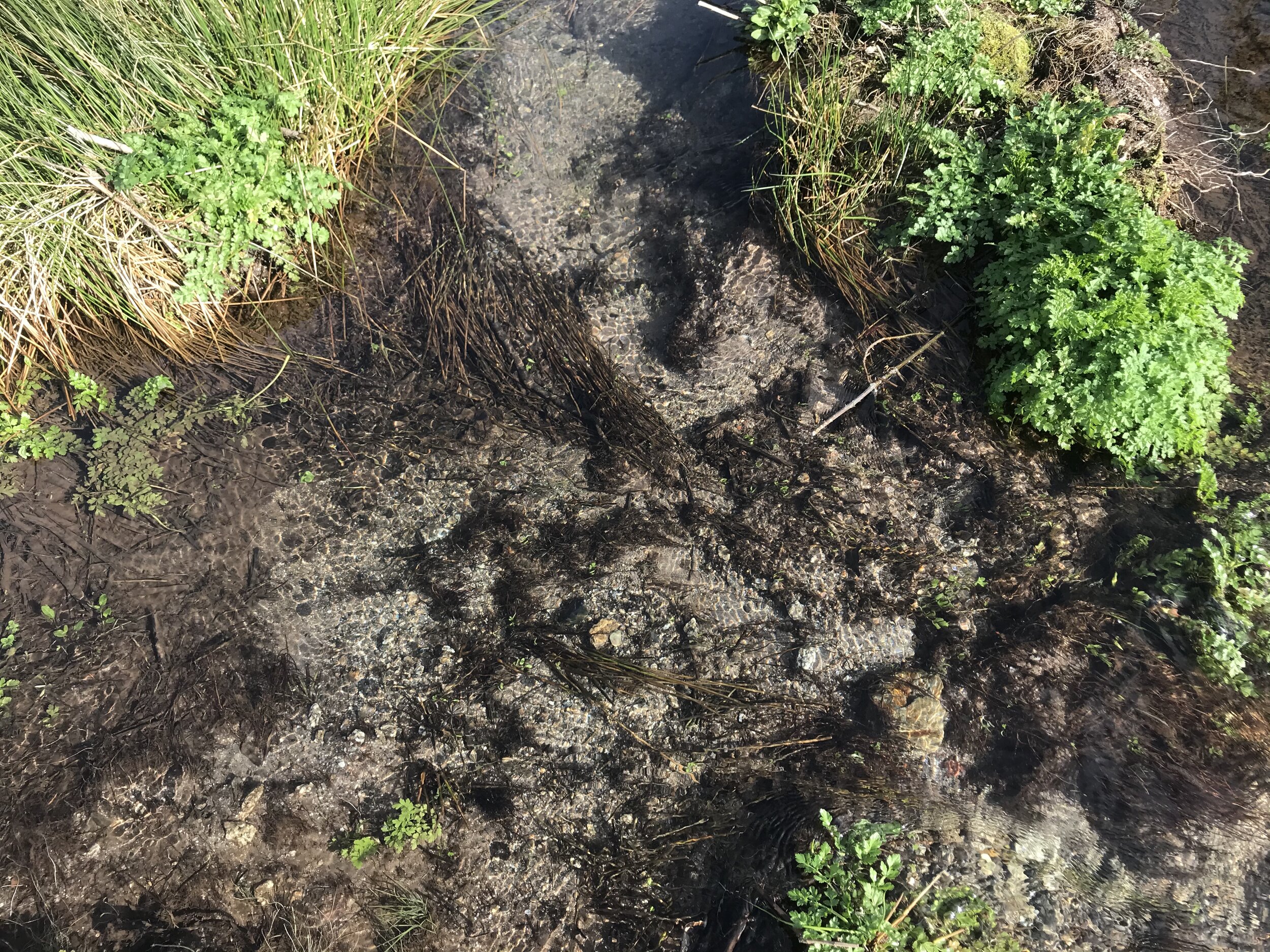
WEIRD SHADOWS
The culvert installed under the path that cuts the river in half is too narrow for the amount of water trying to get through. In response, the river has become complex, forming a network of pools and channels before veering into boggy woodland to take the long way round.
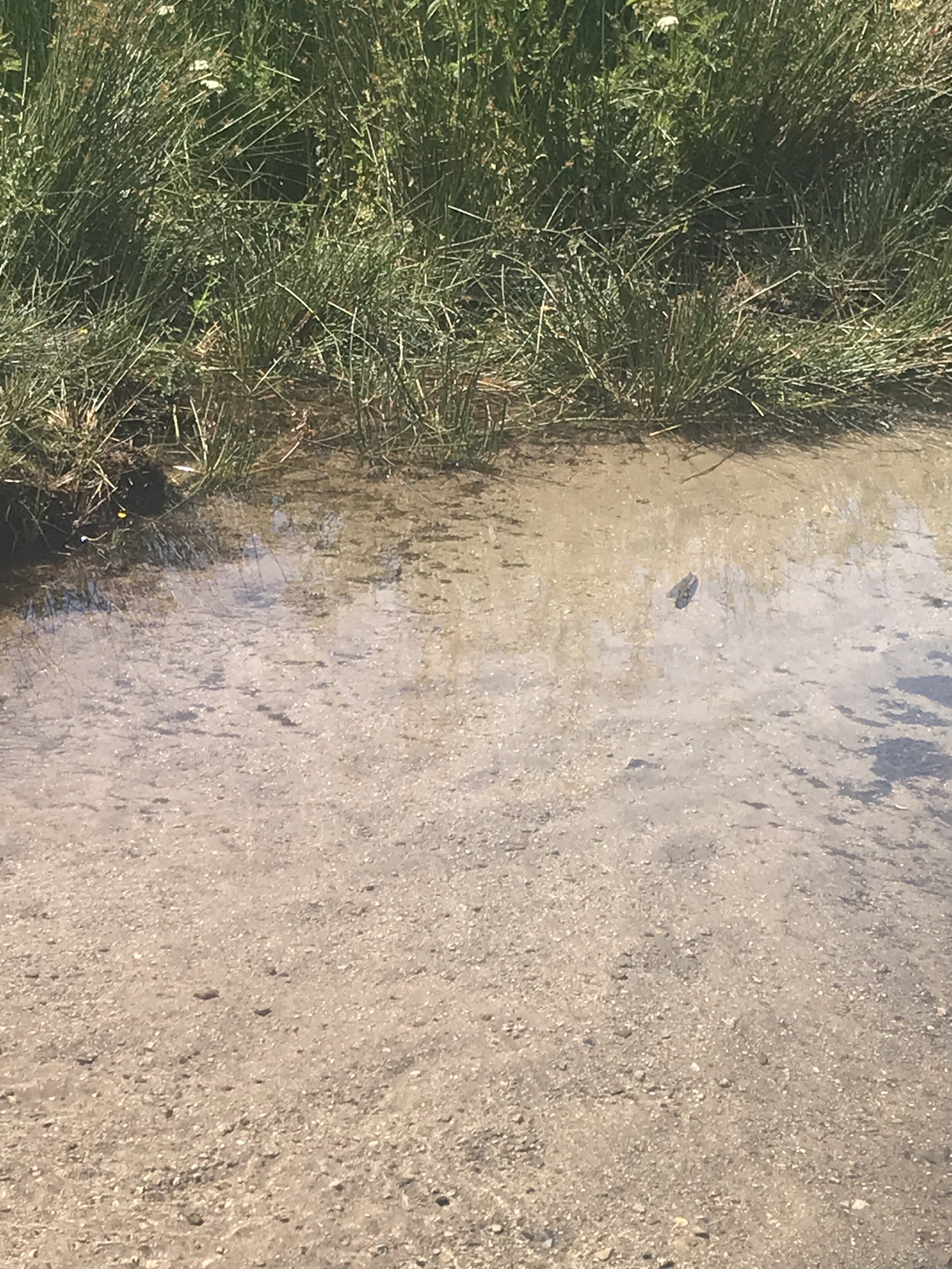
JUST DON'T EAT THEM
While you’d be crazy to eat one of these trout, I’ve been dining out on the idea of them since the start of the project. Their ability to survive and adapt to the impact of the human species on their environment epitomises the indivisibility of the human/nature relationship.

SAND WITH A VIEW
As a teenager wandering over the post-industrial landscape of Harvey’s Towans, I’d peer in through salt-grimed windows at the interiors of chalets perched among the dunes at the mouth of Hayle Estuary.

GONE FROGGING
As I went to school in Penzance, it’s very likely the frog I dissected in biology came from the Red River, having passed through the hands and tin baths of a man who came to be known as Froggy Skewers.

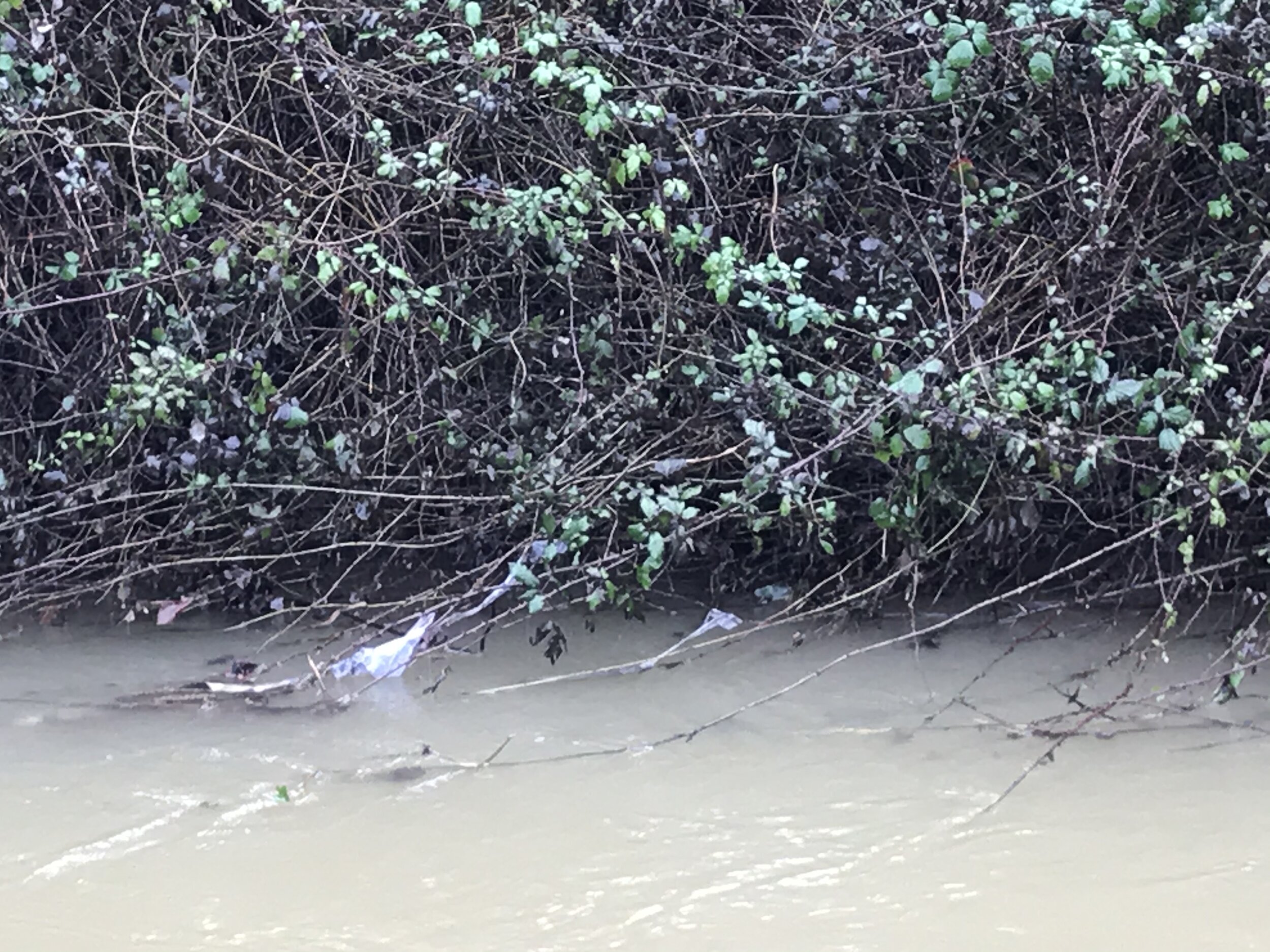
RED RIVER RETURNS
After a period of dormancy during lockdown, the Red River project is waking up. What has become obvious to many people is that the places within walking distance of where we live are now more important than ever.
